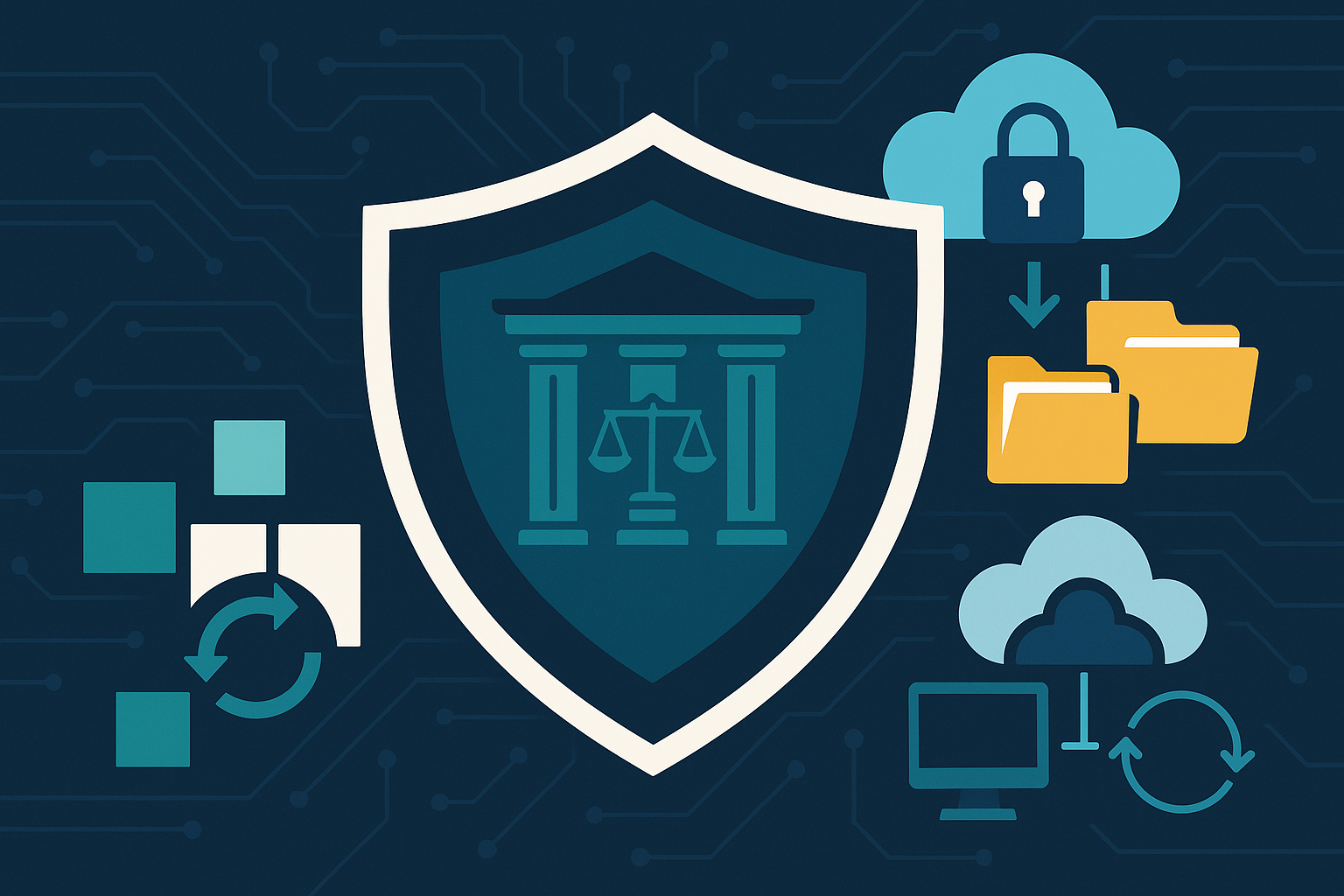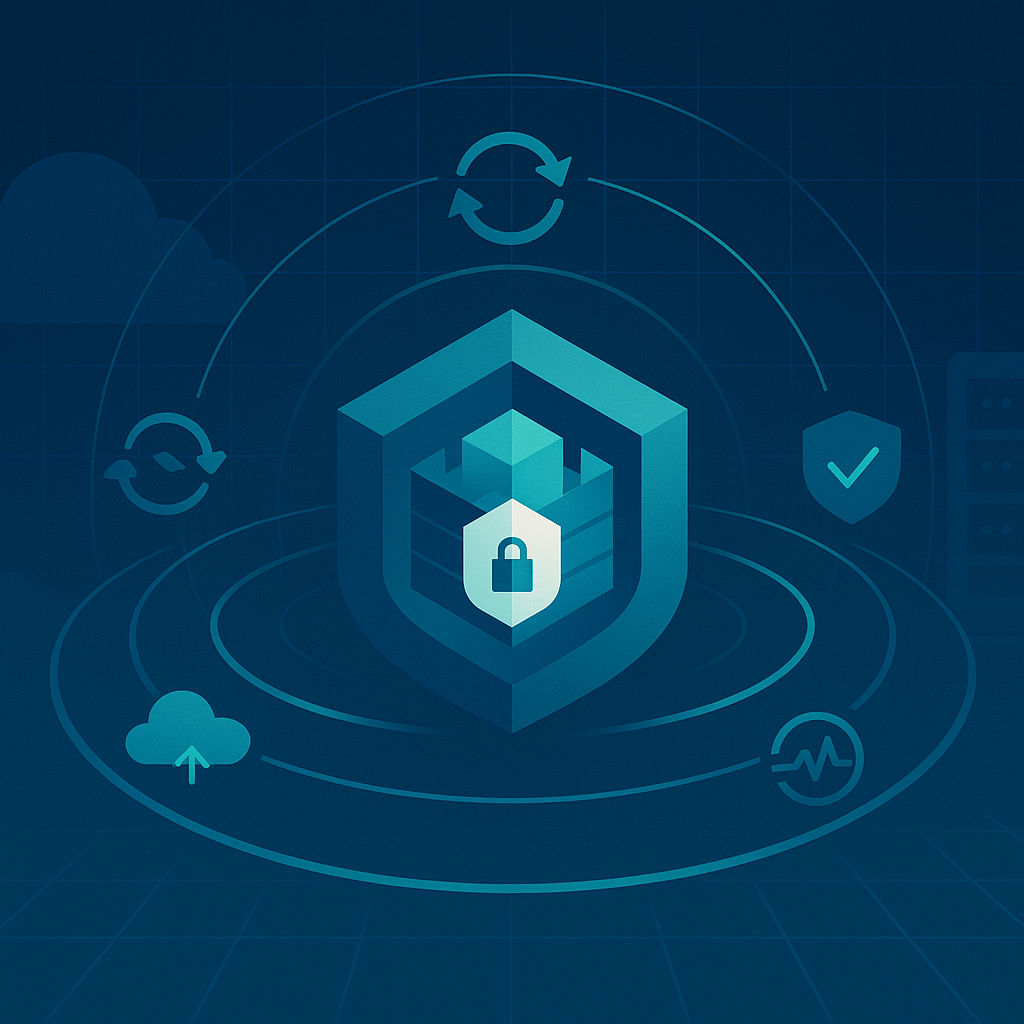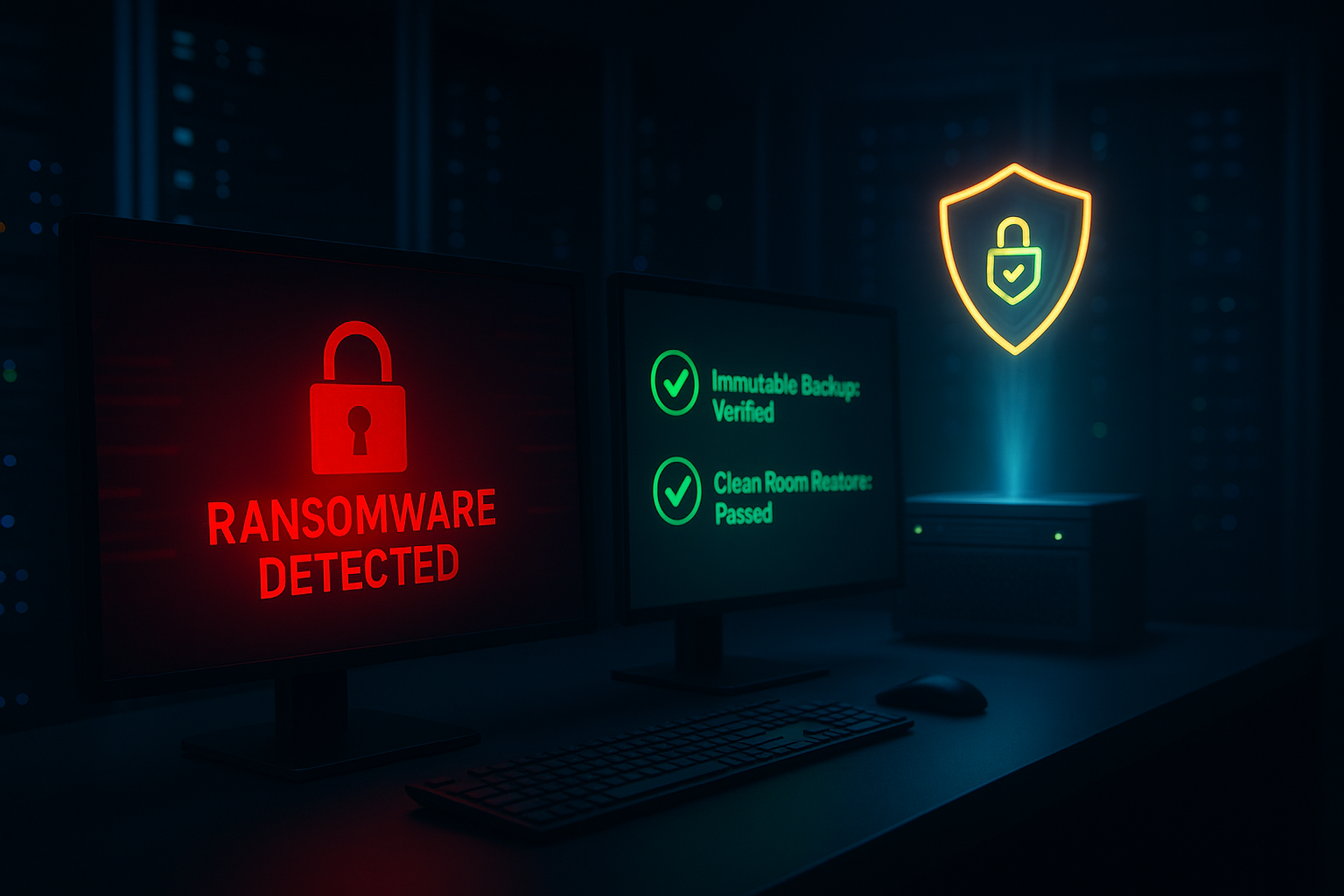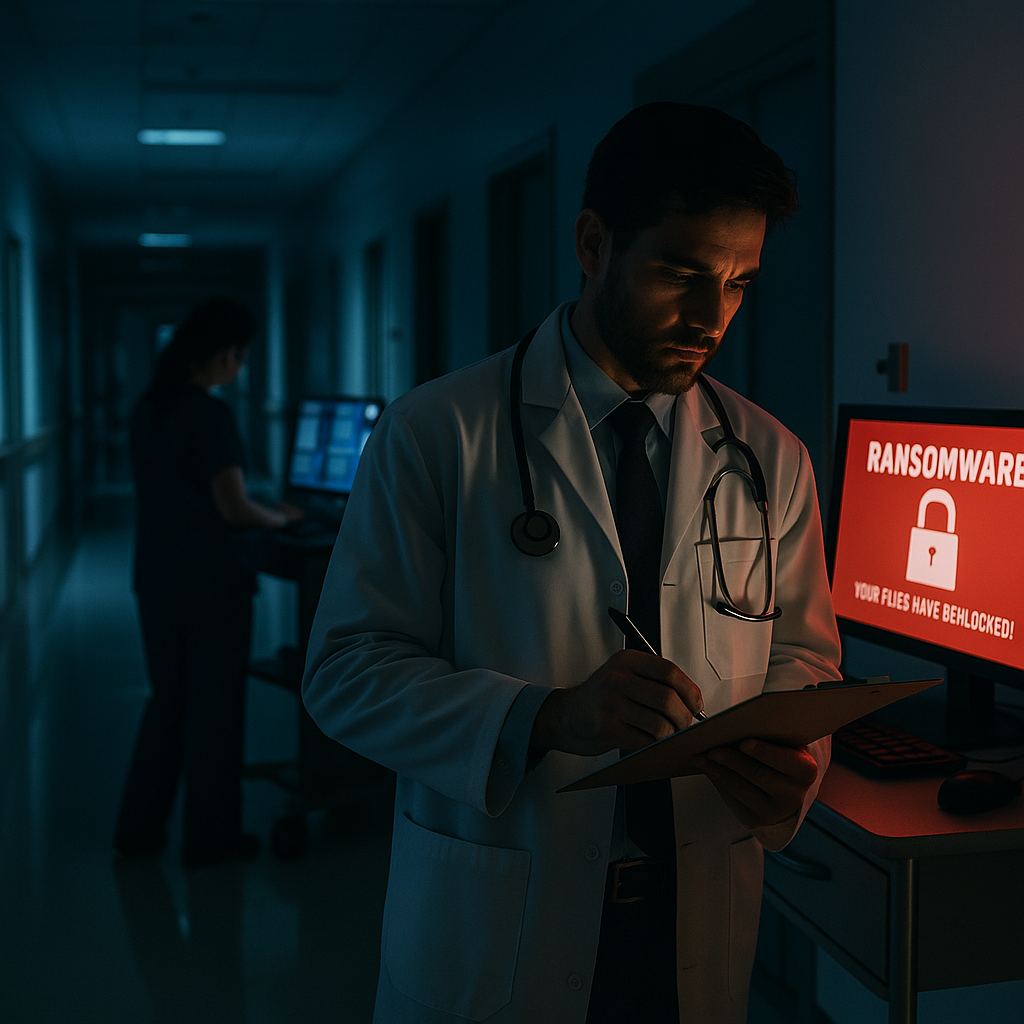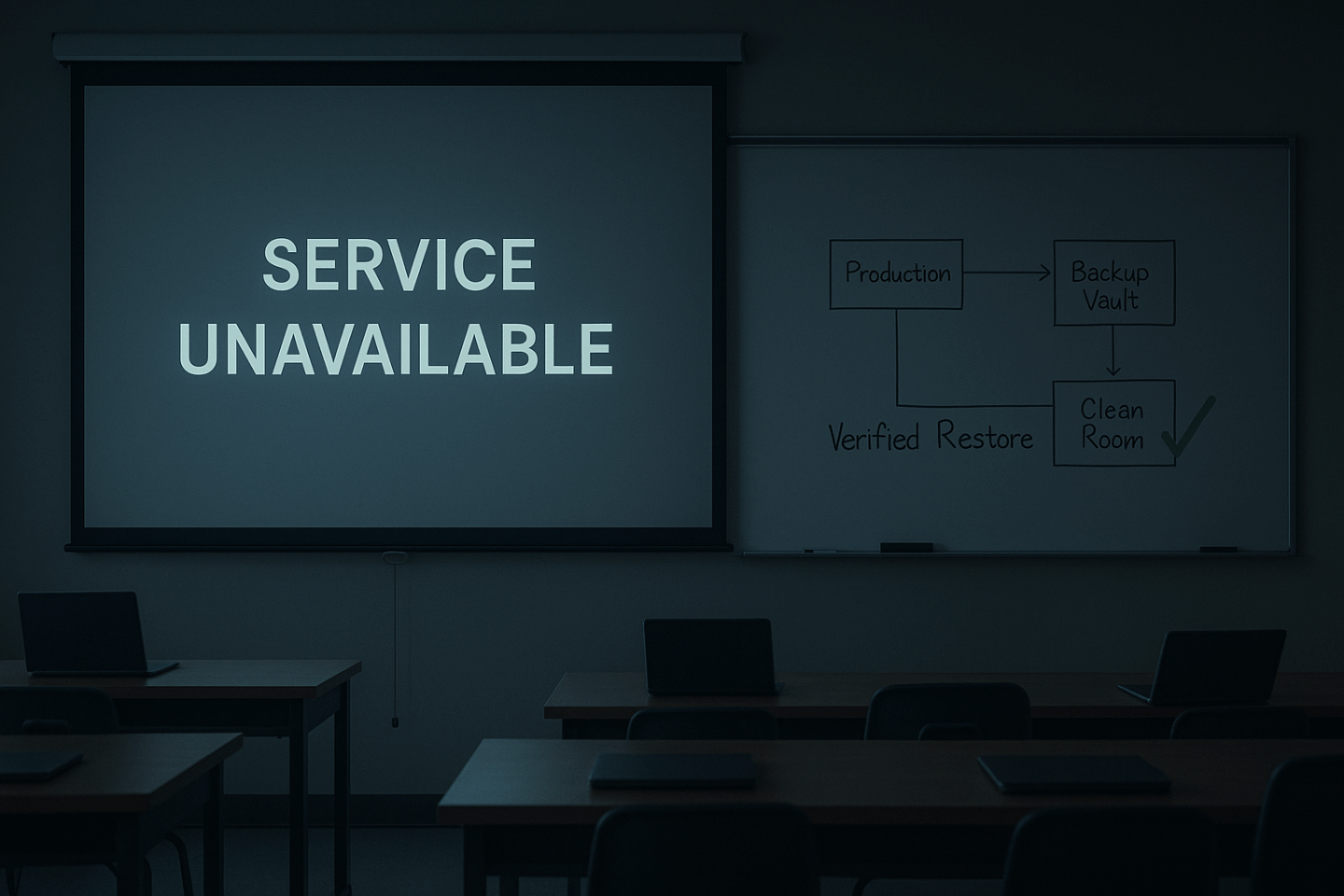DATA PROTECTION TRENDS, NEWS & BACKUP TIPS
Choosing the Right Data Protection Strategy: Backup vs DRaaS Explained

-
This blog compares two data protection approaches: traditional backups and Disaster Recovery as a Service (DRaaS) to help organizations make informed decisions based on their business continuity needs.
-
The differences between Backup and DRaaS are explained, emphasizing the benefits of DRaaS, such as rapid recovery, real-time replication, and expert assistance.
-
Emphasizes the need for businesses to prioritize operational resilience and how partnering with a reliable DRaaS provider like CyberFortress can ensure comprehensive protection and faster recovery times for critical data and operations.
Protecting your data, systems, and applications has become the most critical aspect of IT. Businesses are expected to be always available to their customers, partners, and employees. With the ever-present threat of cyberattacks, natural disasters, and human errors, maintaining continuous operations is paramount for any organization.
We’ll compare two common approaches: traditional backups and Disaster Recovery as a Service (DRaaS) to help you make an informed decision for your organization’s needs.
Before you start reading, make sure you are registered to our upcoming event, Rickatron & Jonah Will Unpack 7 Reasons To Use DRaaS
The level of business continuity risk is actually increasing.
Maintaining operational continuity should be a top priority for any business. Risks to business continuity include:
- Cyber Attacks: The rise in ransomware attacks poses a significant threat, with potentially devastating consequences for organizations.
- Business Complexity: As businesses adopt new technologies and approaches, disruptions become more challenging to handle.
- Reliance on Third Parties: Relying on third-party service providers can add another layer of risk to your business continuity.
Usual Disasters: Weather, fire, human error, and other traditional disasters should not be underestimated.
Backup vs. DRaaS – Understanding the Difference :
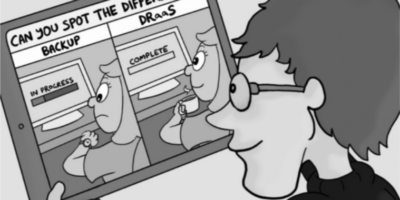
- Backups involve creating copies of data, applications, and systems to restore them at a later date.
- Backups follow the “3-2-1 Backup Rule” (three copies, two different mediums, one copy stored offsite).
- Modern Backup solutions support cloud storage and Backup as a Service (BUaaS) offerings.
- Disaster Recovery focuses on creating backups with the specific purpose of rapid recovery after a disaster strikes.
- DRaaS uses VM snapshot backups or replication to a secondary location to ensure nearly real-time copies of production data.
- DRaaS enables organizations to leverage a cloud service provider’s datacenter as a secondary location for disaster recovery.
While Backup remains a viable choice for some organizations, DRaaS offers comprehensive recovery capabilities, increased predictability, and faster execution. By starting with the end recovery result and working backward, DRaaS ensures operational resilience in the face of disruptive events.
In a real disruption scenario, what to Expect from Backup or DRaaS?
The differences between Backup and DRaaS become more pronounced. Here’s what you can expect from each approach:
Backup:
- Restoring from backups can be time-consuming, especially when dealing with a significant number of encrypted systems.
- Dependencies, compatibility issues, and restore order may require troubleshooting, extending recovery time.
DRaaS:
- DRaaS incorporates business context, operational focus, proactive planning, and expert assistance to ensure fast recovery.
- The use of a secondary site, real-time replication, and recovery simulations reduce recovery time to seconds or minutes.
Data Recovery Time Comparison: DRaaS vs. Traditional Backup
Traditional backup solutions typically involve backing up data to physical storage devices, such as tapes, hard drives, or on-premises servers. In the event of data loss or system failure, the backup data needs to be retrieved and restored to the affected systems. This process can be time-consuming, especially if the backup data is stored off-site or if the backup infrastructure is not optimized for quick recovery.
In some cases, it may take several hours or even days to restore critical data and resume normal operations.
On the other hand, DRaaS leverages cloud technology to provide faster data recovery times. With DRaaS, data is backed up to the cloud and stored in geographically distributed data centers. In the event of a disaster or system failure, the data can be quickly accessed and restored from the cloud. This eliminates the need for physical media and simplifies the recovery process. Depending on the provider and the specific service level agreement, DRaaS can offer near-instantaneous data recovery, enabling organizations to resume operations quickly and minimize downtime.
The speed of data recovery in DRaaS is also influenced by factors such as the volume of data being restored, the bandwidth of the internet connection, and the efficiency of the recovery process implemented by the DRaaS provider. It is important for organizations to carefully evaluate these factors and choose a DRaaS solution that meets their recovery
Face it, Backup is NOT DRaaS!
While Backup remains a viable choice for some organizations, DRaaS offers comprehensive recovery capabilities, increased predictability, and faster execution. By starting with the end recovery result and working backward, DRaaS ensures operational resilience in the face of disruptive events.
In conclusion, protecting your organization’s data and operations is vital for business continuity. Traditional backups and DRaaS are two different approaches to data protection, each offering distinct advantages. While Backup is suitable for certain scenarios, DRaaS stands out for its business-focused approach, faster recovery times, and expert assistance.
By partnering with a reliable DRaaS provider like CyberFortress, organizations can ensure comprehensive protection and recovery for their critical data and operations. Remember, your data protection strategy should always be tailored to your business needs and growth, ensuring you can quickly bounce back from any disruption.
How do backup and DRaaS solutions compare in terms of cost?
When it comes to considering the cost of backup and DRaaS (Disaster Recovery as a Service) solutions, there are several factors that need to be taken into account. While both options provide data protection and recovery capabilities, they differ in terms of their cost structures and the level of support they offer.
Backup solutions typically involve making copies of data and storing them on backup servers or in the cloud. These solutions are generally the more cost-effective option.
On the other hand, DRaaS solutions focus on providing comprehensive disaster recovery capabilities in the event of a system failure or outage. DRaaS solutions often involve replicating critical systems and data to an offsite location, allowing for rapid recovery and minimal downtime.
While backup solutions are generally more cost-effective, it’s important to consider the specific needs and requirements of your organization when determining which option is best. Factors such as the criticality of your data and the desired recovery time objectives.
CyberFortress understands the challenges businesses face regarding safeguarding data and maintaining seamless operations in the face of potential disasters.
Here are some key benefits our DRaaS powered by Veam solution offers:
1. Journal-based recovery that can quickly get you back in business
When dealing with a ransomware attack, time is of the essence. CyberFortress leverages journal-based recovery to quickly get your business back on its feet. By utilizing incremental backups, you can roll back to a point in time before the ransomware strikes, minimizing data loss and downtime. This advanced recovery technique ensures that your organization can bounce back swiftly, reducing the impact of the attack.
2. Fully Managed by Data Recovery Experts
With CyberFortress Managed DRaaS powered by Veeam, you benefit from a solution that is entirely managed by Veeam-certified teams. These experts are well-versed in the intricacies of disaster recovery, having executed countless full recoveries across various industries.
Expertise Matters: When disaster strikes, having a team of seasoned professionals at your disposal can make all the difference. CyberFortress experts are intimately familiar with Veeam’s robust disaster recovery capabilities and are prepared to handle the most challenging recovery scenarios.
3. Effortless Recovery with One-Click Failover
One-Click Failover: With CyberFortress Managed DRaaS, recovery can be fully orchestrated with just one click. This level of automation ensures that failover and failback processes are executed seamlessly, reducing the risk of human error and further minimizing downtime. It’s a streamlined approach to disaster recovery that allows your organization to regain control swiftly.
4. Personal Support Around the Clock
Disasters don’t adhere to a 9-to-5 schedule, and neither should your support system. CyberFortress offers 24×7 access to a live human being who can assist with problem resolution whenever you need it. This level of personal support sets CyberFortress apart and provides peace of mind knowing that help is just a phone call away.
CyberFortress Managed Disaster Recovery as a Service, powered by Veeam, combines cutting-edge technology with expert management to deliver a comprehensive solution that ensures your business can weather any storm.
If you would like to discuss your business’s unique needs and how our DRaaS solution can safeguard your critical data and ensure business continuity reach out to our experts, they can provide a tailored solution that aligns perfectly with your organization’s objectives.
